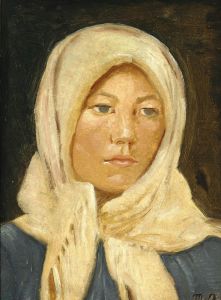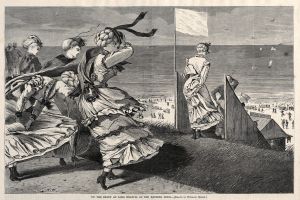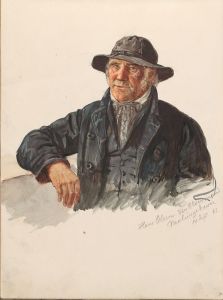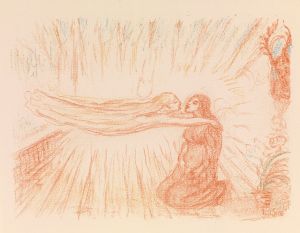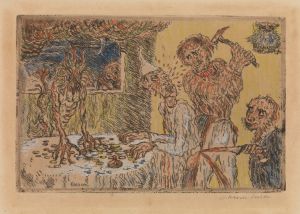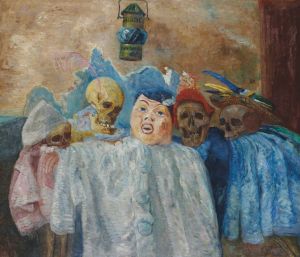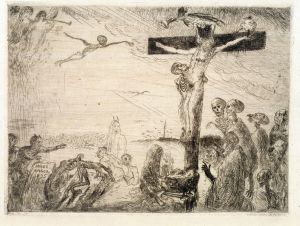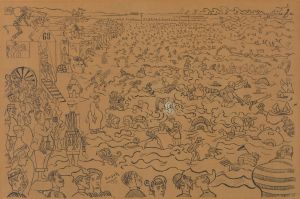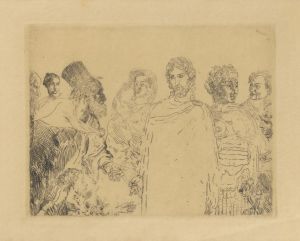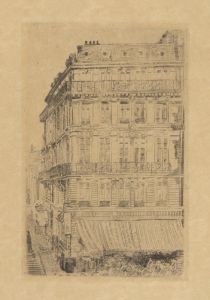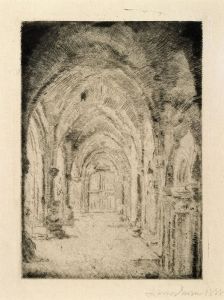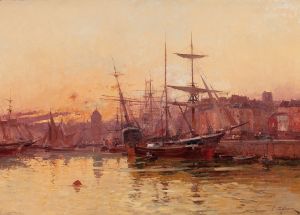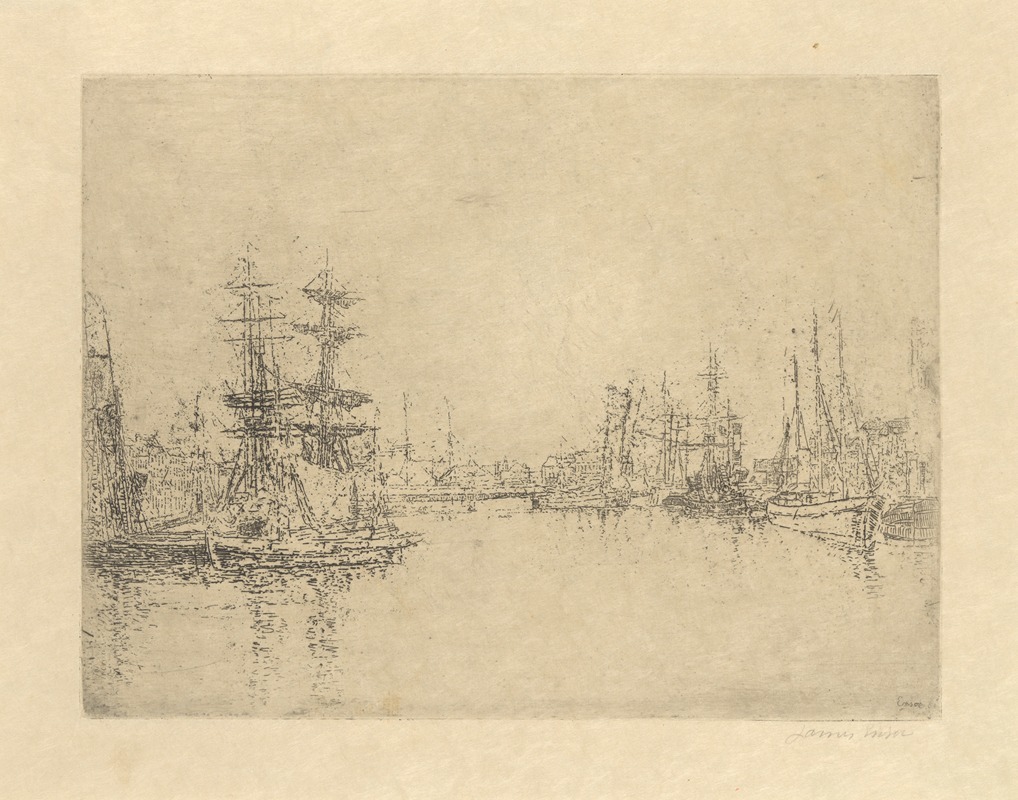
Het grote dok in Oostende
A hand-painted replica of James Ensor’s masterpiece Het grote dok in Oostende, meticulously crafted by professional artists to capture the true essence of the original. Each piece is created with museum-quality canvas and rare mineral pigments, carefully painted by experienced artists with delicate brushstrokes and rich, layered colors to perfectly recreate the texture of the original artwork. Unlike machine-printed reproductions, this hand-painted version brings the painting to life, infused with the artist’s emotions and skill in every stroke. Whether for personal collection or home decoration, it instantly elevates the artistic atmosphere of any space.
"Het grote dok in Oostende" (The Large Dock in Ostend) is a painting by the renowned Belgian artist James Ensor. Created in 1885, this work is a significant example of Ensor's early style, which often depicted scenes from his native Ostend, a coastal city in Belgium. Ensor is widely recognized for his unique and innovative contributions to modern art, particularly his use of vivid colors and his exploration of themes that range from the mundane to the fantastical.
The painting captures a view of the bustling dock area in Ostend, a place that was central to the city's economy and daily life. Ensor's depiction is characterized by a keen attention to detail and a vibrant palette, which brings the scene to life. The composition includes various elements typical of a working dock: ships, cranes, and workers, all rendered with a sense of movement and activity. This piece reflects Ensor's interest in capturing the essence of contemporary life and his ability to infuse everyday scenes with a sense of drama and vitality.
James Ensor was born in Ostend in 1860 and spent much of his life there. The city's maritime environment and its lively, sometimes chaotic atmosphere had a profound influence on his work. "Het grote dok in Oostende" is a testament to Ensor's deep connection to his hometown and his ability to translate its spirit onto canvas. The painting is also indicative of the broader trends in European art during the late 19th century, where artists were increasingly interested in depicting modern life and exploring new techniques and perspectives.
Ensor's early works, including "Het grote dok in Oostende," are often associated with the Impressionist movement, although he later developed a more distinctive and idiosyncratic style. His use of light and color in this painting shows the influence of the Impressionists, but there is also a sense of individuality in his approach. Ensor's work is marked by a certain boldness and a willingness to experiment, qualities that would become even more pronounced in his later, more fantastical and surreal works.
"Het grote dok in Oostende" is housed in the Royal Museum of Fine Arts in Antwerp, Belgium. The museum's collection includes several other works by Ensor, providing a comprehensive overview of his artistic development. This painting is an important piece within Ensor's oeuvre, offering insights into his early influences and his evolving style.
James Ensor's legacy as an artist is significant, and his works continue to be studied and admired for their originality and impact on the development of modern art. "Het grote dok in Oostende" remains a valuable piece for understanding the early phase of his career and his connection to the city of Ostend.





